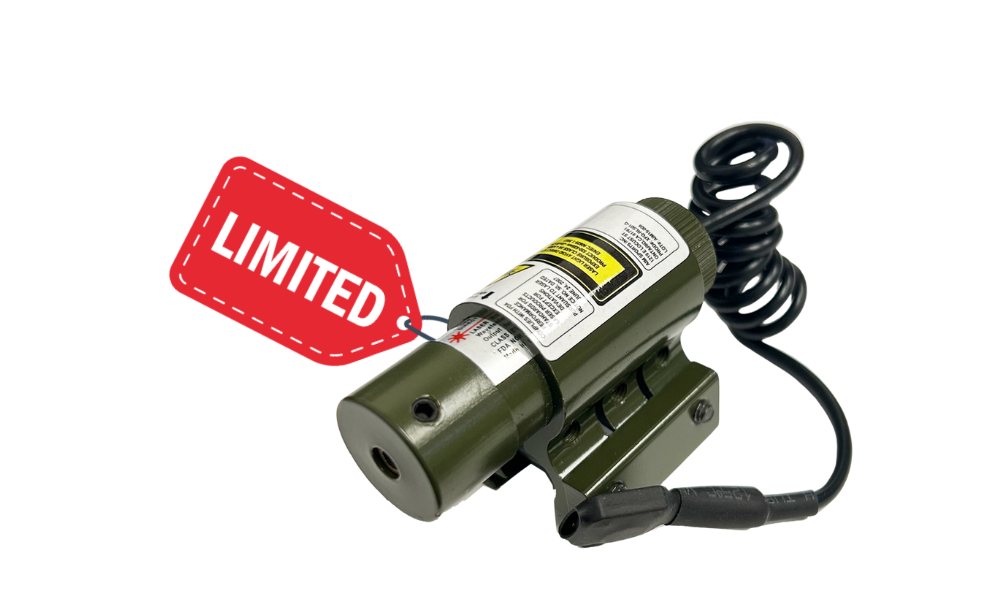Apr 30th 2025
Control the Blast: Muzzle Brake vs. Flash Hider vs. Compensator – Which One Do You Need?
When customizing your rifle, selecting the right muzzle device can significantly impact performance. Among the most common options are muzzle brakes, flash hiders, and compensators—each designed with a specific function in mind. But how do you know which one is right for your build? In this blog, we break down the differences, benefits, and ideal use cases for each to help you make an informed decision.
What Is a Muzzle Device?
A muzzle device is an attachment at the end of a firearm’s barrel that alters the way gases exit the barrel when a round is fired. These devices can:
-
Reduce recoil
-
Minimize muzzle rise
-
Suppress visible muzzle flash
-
Improve shot-to-shot accuracy
The most common types of muzzle devices are muzzle brakes, flash hiders, and compensators, and while they may look similar, their functions differ significantly.
1. Muzzle Brake: Tame the Recoil
Function:
A muzzle brake is designed to reduce felt recoil by redirecting gas sideways or slightly rearward. This is especially helpful for rifles chambered in larger calibers like .308 or 6.5 Creedmoor.
Pros:
-
Significantly reduces recoil
-
Ideal for long-range precision shooting
-
Improves follow-up shot timing
Cons:
-
Increases noise and side blast for nearby shooters
-
Often not allowed in indoor ranges due to concussion
Best For:
Precision shooters, competitive shooters, or those with larger caliber rifles who want to stay on target between shots.
2. Flash Hider: Conceal Your Signature
Function:
A flash hider (also known as a flash suppressor) reduces the visible muzzle flash when firing, making it harder for opponents to locate the shooter—especially in low-light or tactical situations.
Pros:
-
Reduces visible muzzle flash
-
Preserves night vision
-
Typically lighter than other devices
Cons:
-
Doesn’t reduce recoil or muzzle rise
-
Some states ban flash hiders on certain firearms
Best For:
Tactical shooters, military/law enforcement, and those who shoot in low-light environments.
3. Compensator: Stay on Target
Function:
A compensator reduces muzzle rise (climb) by redirecting gases upward, helping you maintain a level barrel for faster follow-up shots.
Pros:
-
Reduces muzzle rise and increases control
-
Great for rapid fire or 3-gun competition
-
Helps improve accuracy under pressure
Cons:
-
Slight increase in side concussion
-
Doesn’t reduce recoil as effectively as a muzzle brake
Best For:
Competitive shooters, dynamic shooting sports, or anyone looking to improve split times in rapid-fire scenarios.
Hybrid Devices: The Best of All Worlds?
Some muzzle devices combine features of brakes, compensators, and flash hiders. These hybrids aim to balance recoil control, flash suppression, and muzzle stabilization. Keep in mind that combining all three functions may result in compromises on each.
So, Which One Should You Choose?
| Use Case | Best Option |
|---|---|
| Long-Range Precision | Muzzle Brake |
| Tactical/Low-Light | Flash Hider |
| Competitive Shooting | Compensator |
| All-Around Use | Hybrid Device |
Ultimately, your ideal muzzle device depends on your shooting style, environment, and firearm setup.
Shop High-Performance Muzzle Devices at ShootersGate
Whether you're building a new AR or upgrading your precision rifle, we’ve got the right muzzle devices in stock. Explore our collection of muzzle brakes, flash hiders, compensators, and hybrid solutions to enhance your firearm's performance today.

